Are you tired of having to urinate frequently and waking up several times at night to urinate? The following article will introduce more treatments for this problem.
Benign prostatic hyperplasia (BPH) is often the main cause of these symptoms. The disease causes the prostate gland to enlarge and affects men as they age. In addition, the disease is accompanied by a series of symptoms that affect daily life.
What is benign prostatic hyperplasia (BPH)?
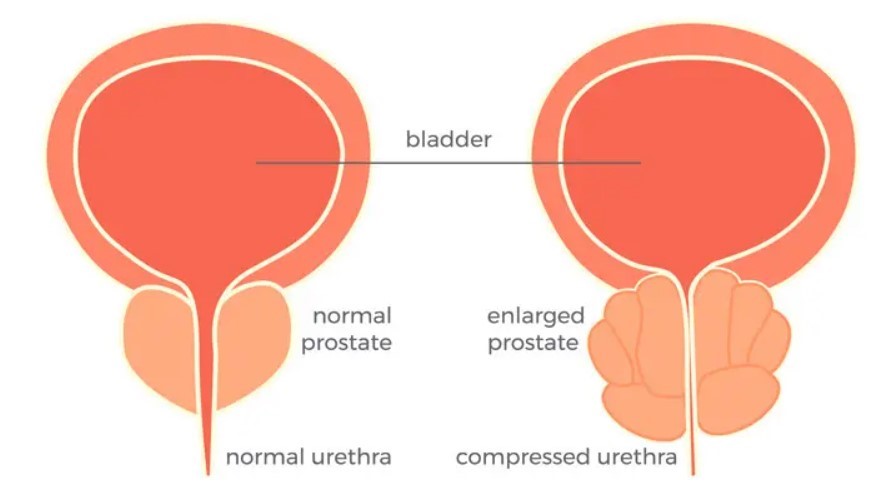
Benign prostatic hyperplasia (BPH) is a benign enlargement of the prostate gland.
The prostate is a male sex gland located just below the bladder that contributes to semen production and helps push semen out during ejaculation.
The prostate is one of the only organs that continues to grow as men age. As it increases in size, it begins to press on the bladder and urethra, blocking the urinary tract and causing urinary symptoms.
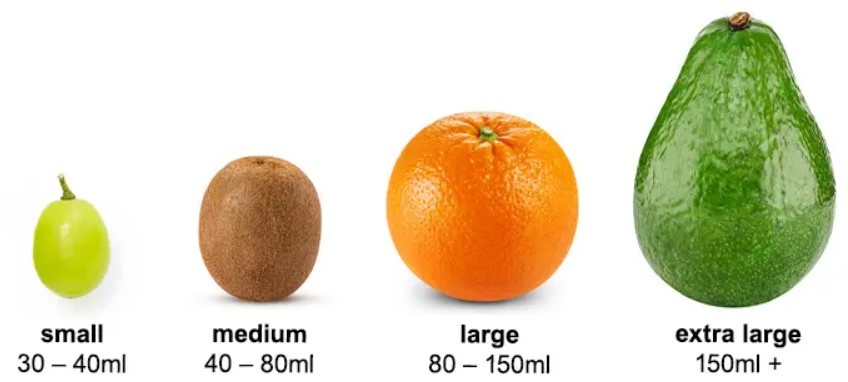
Did you know: The prostate is one of the only organs in the human body that continues to grow. A man's prostate is about the size of a walnut in his 20s. By the time he turns 60, it can reach the size of a lemon!
What are the symptoms of benign prostatic hyperplasia (BPH)?
Symptoms of benign prostatic hyperplasia (BPH) include:
- Weak or interrupted urine stream
- Difficulty in passing urine
- Leaking urine after urinating
- Increased frequency of urination up to 8 times or more per day
- Urgent need to urinate or inability to hold urine
- Nocturia, which means frequent urination while sleeping
- Urinary retention
- Urinary incontinence, this is the condition of accidentally losing control of urination
What are the common minimally invasive treatments for benign prostatic hyperplasia (BPH)?
Most modern surgical methods for treating benign prostatic hyperplasia (BPH) are performed through the urinary tract and do not require an incision.
However, the term "minimally invasive treatment" in this case refers to treatments that combine light sedation anesthesia, are treated as outpatient or day surgery procedures, and patients will recover faster after surgery.
Currently, IHH Healthcare facilities in Singapore have applied minimally invasive procedures in the treatment of benign prostatic hyperplasia (BPH) and help prevent the urethra from being compressed by an enlarged prostate.
These include procedures that use a permanent implant to separate enlarged prostate tissue that is blocking urine flow, thereby reducing pressure on the urethra. There is also a steam treatment that acts on enlarged prostate cells to stimulate them to shrink.
These minimally invasive treatments all have the advantage of preserving a man's ability to ejaculate. However, the patient will still need surgery in the future.
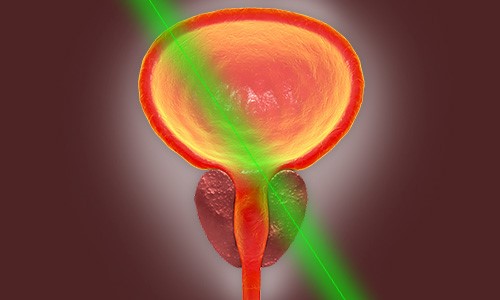
What is the surgical procedure of HoLEP and ThuFLEP?
"HoLEP" stands for "Holmium Laser Enucleation of the Prostate" and "ThuFLEP" stands for "Thulium Fiber Laser Prostate Enucleation".
These treatments use lasers to cut (ablate) prostate tissue that is narrowing the urethra. At the same time, the heat from the laser can coagulate blood. That is why this type of surgery causes less blood loss. The second stage of the surgery is called "morcellation" and uses instruments to cut the prostate tissue into small pieces and collect them through the bladder.
The Holmium Laser system is used for the HoLEP procedure or the Thulium Laser if it is a ThuFLEP procedure. The choice of laser depends on the expertise of the doctor and the medical supplies at the hospital where the treatment is being performed.
What are the benefits of the HoLEP and ThuFLEP procedures?
The benefits of the HoLEP and ThuFLEP methods include:
- Reduces severe urinary symptoms, helps patients urinate faster, empty the bladder completely and no longer have to urinate constantly.
- Long-term improvement compared to other treatment procedures.
- Can be used to treat prostate enlargement of any size and shape. This is the only endoscopic procedure recommended for men with prostates larger than 80cc.
- Less bleeding after surgery compared with transurethral resection of the prostate (TURP).
- Discharge from hospital 1-2 days early.
- Large amounts of prostate tissue can be harvested for histopathological examination during laser ablation.
- This is one of the most effective treatments for men with urinary retention.
- Suitable for patients taking blood thinners to treat other medical conditions.
However, it is important that patients discuss their personal condition with their doctor before deciding on treatment.
When and how to screen for prostate health?
How to screen for prostate health:
Prostate cancer screening is done through a blood test, also known as the prostate-specific antigen (PSA) test, which provides detailed information about the condition of the prostate in the body, such as enlargement, inflammation or prostate cancer.
When to get prostate health screening:
Prostate cancer and benign prostatic hyperplasia (BPH) often run in families, suggesting that in some cases there is a genetic or hereditary component to the condition. Health screening can help detect the condition at an early stage when treatment can be more effective.

Dr Png Keng Siang – Urology Surgeon from Mount Elizabeth Novena Hospital Singapore with the following main specialties:
+ Endoscopic transurethral resection of partial nephrectomy and prostate
+ Laparoscopic surgery to remove the kidney and ureter
+ Ureteroscopy & Lithotripsy
For more information and direct consultation from Dr. Png Keng Siang, please contact:
Parkway Healthcare Group Representative Office in Hanoi
5th Floor, 110 Ba Trieu, Hai Ba Trung District, Hanoi.
Hotline: 0988 155 855 or 084 308 3637
Email: [email protected]
FB page: https://www.facebook.com/parkwayhanoi
PV
Source: https://giadinh.suckhoedoisong.vn/cac-phuong-phap-laser-dieu-tri-phi-dai-tuyen-tien-liet-172240618105709955.htm




![[Photo] Closing of the 11th Conference of the 13th Central Committee of the Communist Party of Vietnam](https://vstatic.vietnam.vn/vietnam/resource/IMAGE/2025/4/12/114b57fe6e9b4814a5ddfacf6dfe5b7f)

![[Photo] Overcoming all difficulties, speeding up construction progress of Hoa Binh Hydropower Plant Expansion Project](https://vstatic.vietnam.vn/vietnam/resource/IMAGE/2025/4/12/bff04b551e98484c84d74c8faa3526e0)






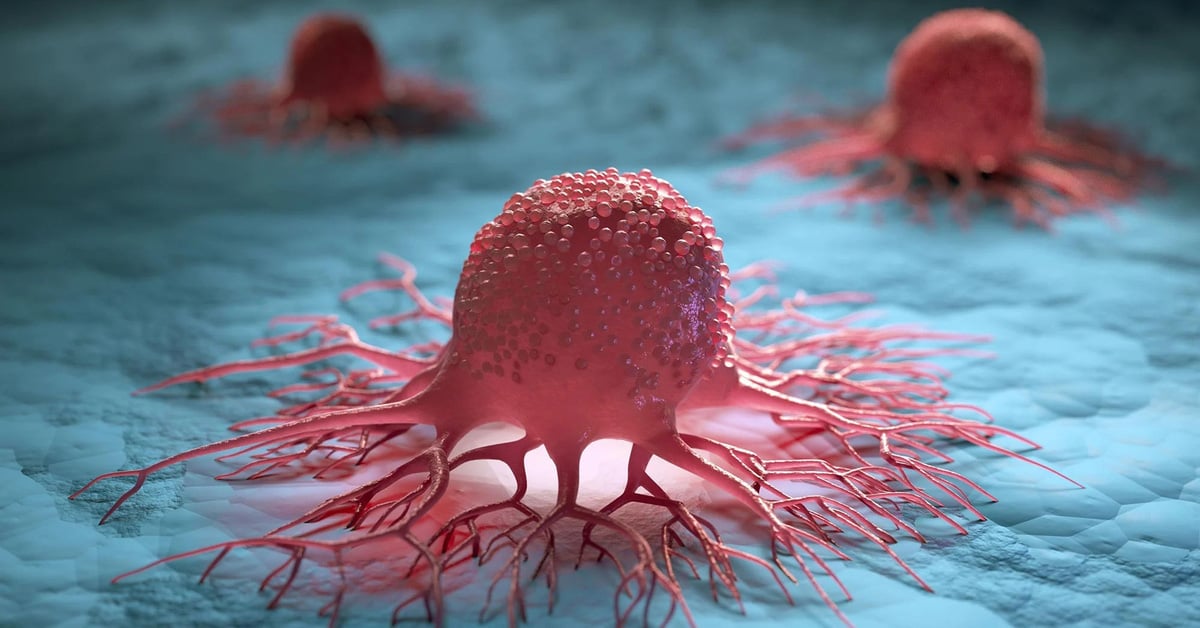



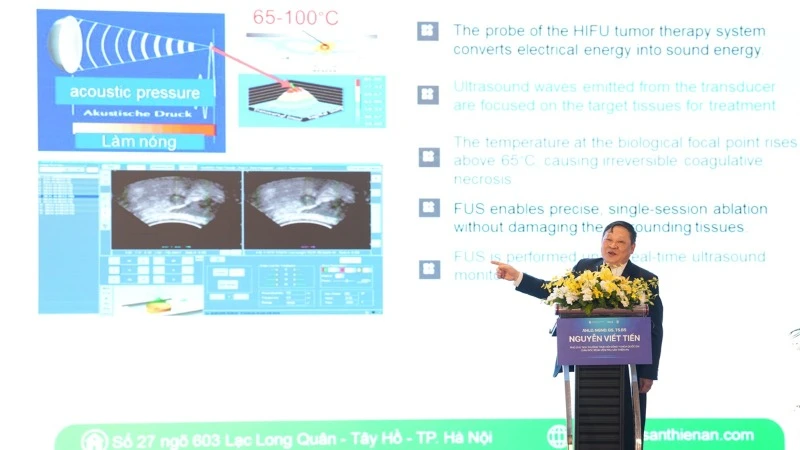
![[Video] First time in Vietnam: Successful implantation of 3rd generation partial artificial heart](https://vstatic.vietnam.vn/vietnam/resource/IMAGE/2025/4/12/8817412224094c68ba2c744b7bd5cfea)



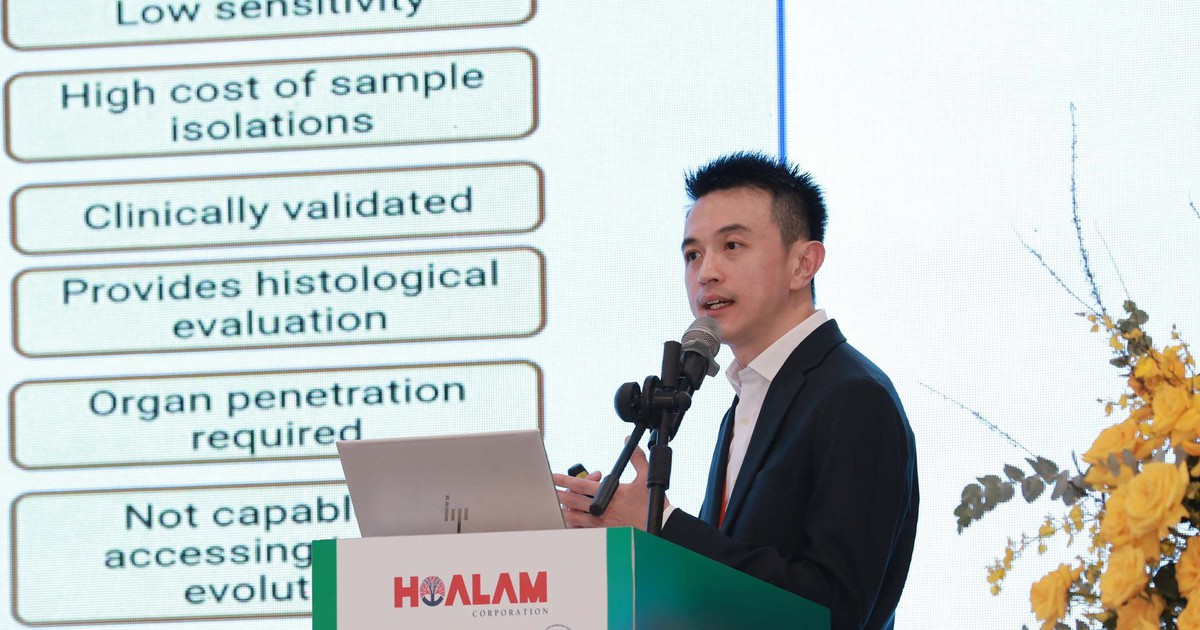








































































Comment (0)